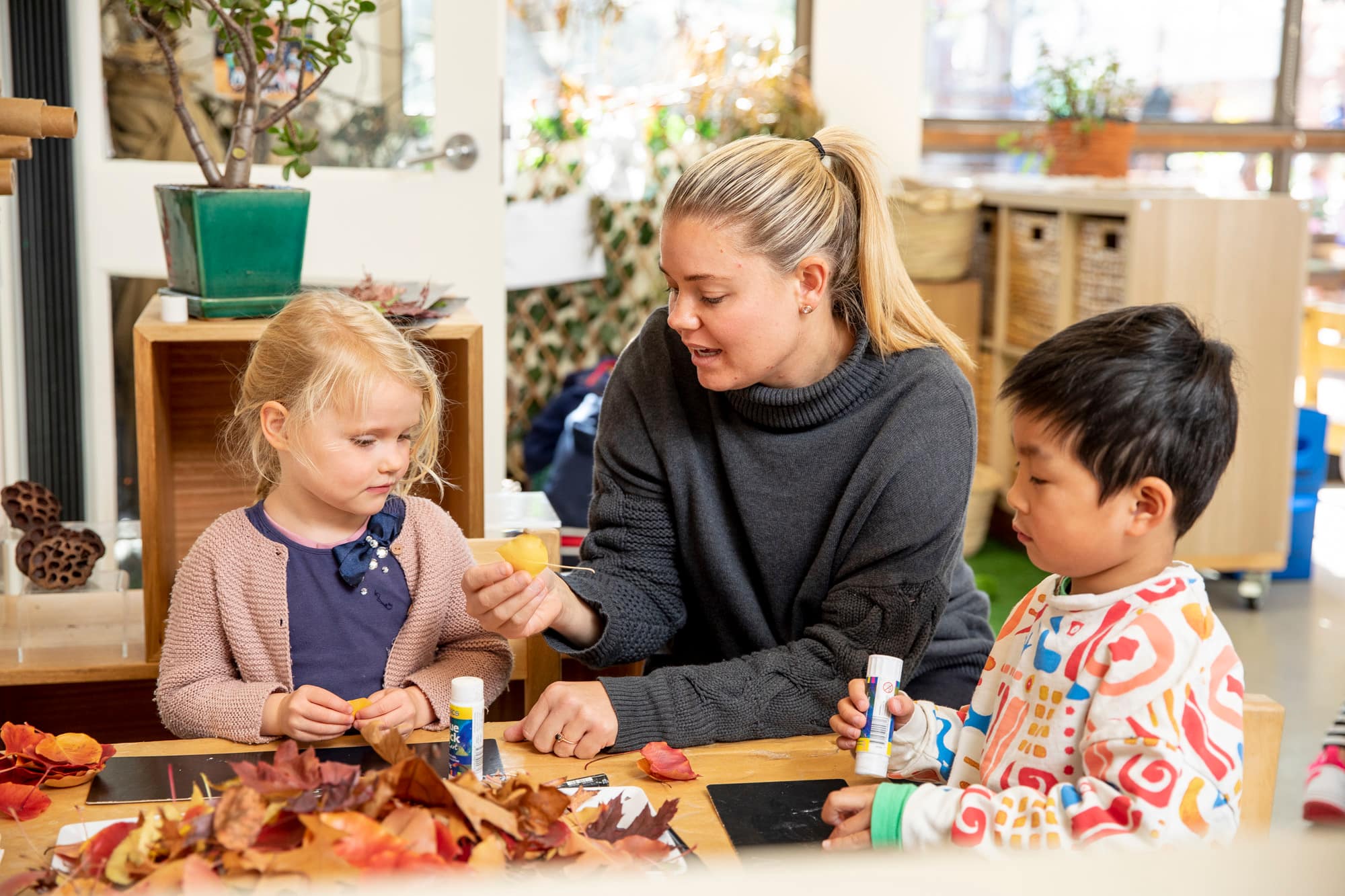The pillars of a thriving kindergarten
Professor Carla Rinaldi believes that a child is driven by the enormous energy potential of a hundred billion neurons and by the incredible curiosity that makes the child search for reasons for everything and who has all the strength and potential that comes from the ability to wonder and to be amazed.
This is an appropriate starting point for considering the key pillars of our Kindergarten at Lauriston, which has its foundation in the Reggio Emilia approach to early learning education.

PILLAR ONE | Every child is powerful, competent, creative and curious
Children play an active role as co-constructors of knowledge with their educators. The educators look for ideas in the children’s play and inquiries as a basis for projects which can be short or long term. The educators ask the children challenging questions, encourage them to ask questions, form hypotheses and do research. The creation of this type of learning environment where listening and shared thinking are vital, highlights the importance of establishing warm, responsive and positive relationships between educators and children. Children know very quickly how you perceive them, either as an empty vessel or as a person with rights, strong rich and powerful. The way we view children drives the learning style of each child and increases their capacity to learn, to be confident and to have high self-esteem.
PILLAR TWO | Dialogue and collaboration build meaning and knowledge
The second pillar is closely related to the first in that our educators, through dialogue and collaboration, encourage the children to make explicit what they think and engage in discussion in order to build meaning and knowledge. The educators enable ‘emergent curriculum’ which is developed through consideration of the children’s interests and the educator’s own close observation and notes about the exploration and growth of each child. Project work is an innovative and well researched pedagogical method used to engage children in learning and expressing their thoughts and ideas about the wider world. Children gain knowledge and skills by working for extended periods of time investigating and responding to a realistic, engaging, complex problem, challenge or question
PILLAR THREE | The environment is the ‘third teacher’
The educators provide a well-planned environment with provocative materials as well as meaningful experiences in the world. The interior and exterior spaces foster interaction, autonomy, exploration, curiosity and communication. The environment will reflect the current projects and learning experiences of the children. Educators thoughtfully set up the environment to promote curiosity and problem solving and a desire to investigate. The aim is that children walk through the door each morning excited to engage and find out more on a given topic.
PILLAR FOUR | Children possess one hundred languages
Children possess One Hundred Languages, which is the symbolic languages they use to express their own knowledge and desires through artwork, conversation, early writing, dramatic play, music and dance. The children are able to express their learning through different mediums and they participate in a learning environment where they are encouraged to use their imagination and respond to open-ended questions where there are multiple solutions. By giving children multiple opportunities to engage in a variety of materials children can challenge themselves but also find a language that responds to their own area of expertise.
PILLAR FIVE | The importance of documenting the growth and learning journey
The fifth pillar is the importance of documentation for our educators as they make explicit and visible the nature of the learning activities, along with the growth and learning of each child. Documentation is an important part of the planning cycle as educators observe, analyze, plan, implement and reflect on the learning environment. Documentation captures children’s voices, ideas and opinions. It is a way of moving a project forward by reflecting on the children’s wonderings as they work with the materials provided.
PILLAR SIX | Learning through play
Researchers have found five characteristics that embody education play experiences: those that are meaningful, actively engaging, joyful, iterative and socially interactive. Play is essential for optimal development and enhances every aspect of a child’s development. Through play children learn, develop social skills and gain emotional maturity. However, play doesn’t just happen, it needs to be organised, planned and rich in problem solving and investigation. As children play educators guide and support children to use the opportunities provided, test their theories and explore ideas.
Encompassing each of our pillars is the importance of community building where the role of the children, educators and parents in their learning process are acknowledged and there is a strong sense of trust and belonging. Within a community, positive relationships can be built which is at the heart of a learning environment.
Susan Just, Principal & Fiona Ireland, Director of Kindergarten
SHARE THIS ON

